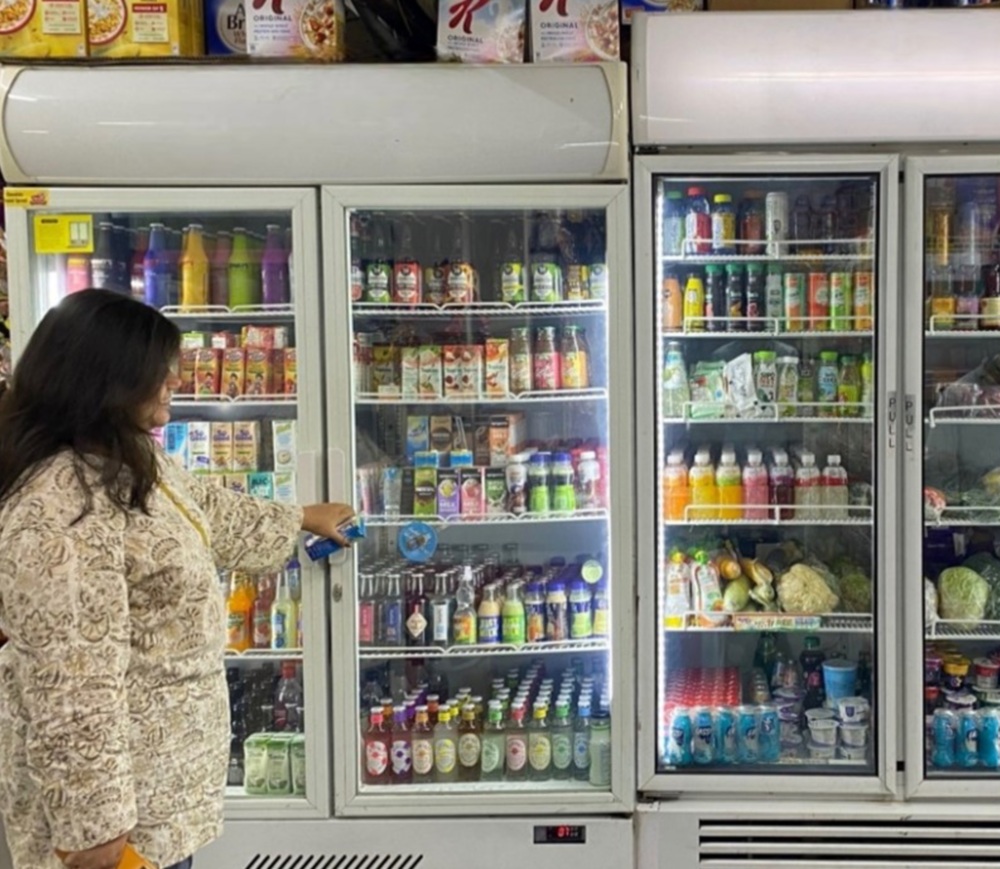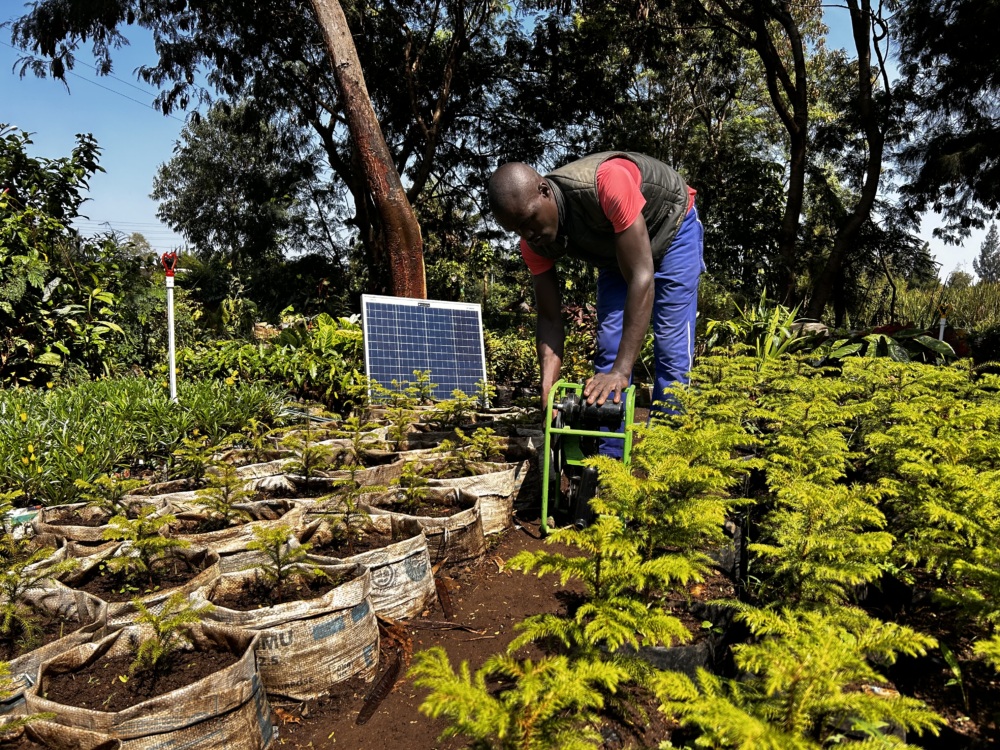Appliance Efficiency in NDCs: Tracking Changes in Nationally Determined Contributions to the Paris Climate Agreement
Summary
Appliance efficiency is an important mitigation solution, but it’s often left out of nationally determined contributions (NDCs), CLASP has found. In the leadup to COP28, this report emphasizes the opportunity for governments to bolster their climate commitments by integrating ambitious appliance efficiency targets into the next round of NDCs.
“[T]he failure to mention appliance efficiency in NDCs represents a missed opportunity. Appliances are responsible for nearly 40% of all energy-related CO2 emissions. Efficiency policies, which have been employed by governments for decades, are some of the lowest-cost solutions for reducing appliance energy consumption and associated emissions.”
Lauren Boucher, Manager, Research, CLASP
The world is currently off track in its efforts to limit global warming to 1.5 °C, as highlighted in the Global Stocktake, a key deliverable of COP28. To hit this target, countries need to be more aggressive in their efforts to reduce emissions.
NDCs are a key mechanism for achieving this. However, policymakers often fail to include appliances in their NDCs, CLASP analysis shows, despite the massive mitigation potential of appliance efficiency.
Under the terms of the Paris Agreement, countries must revise NDCs over time, continually raising their ambitions. Nations around the world are now starting this process ahead of a 2025 deadline. This report argues that as part of this effort, policymakers should commit to ramping up appliance efficiency efforts in line with net zero targets.
Key findings:
- Only 47% of NDCs mention appliances, while even fewer (25%) specify the policies needed to reduce their contribution to climate change. Including a clear target for appliance energy efficiency in NDCs is one way to elevate this subject at a high level, helping to build momentum for more ambitious policies in the future.
- Even NDCs of countries committed to appliance efficiency lack specificity. For example, among SEAD Product Efficiency Call to Action signatories, only 25% of NDCs mention Minimum Energy Performance Standards (MEPS), although they’re among the most cost-effective solutions for reducing energy consumption and associated emissions.
- Setting more specific targets for high-energy-consuming appliances — and ensuring that these targets align with net zero goals — can help bridge the gap between the current emissions trajectory and the aims of the Paris Agreement.









